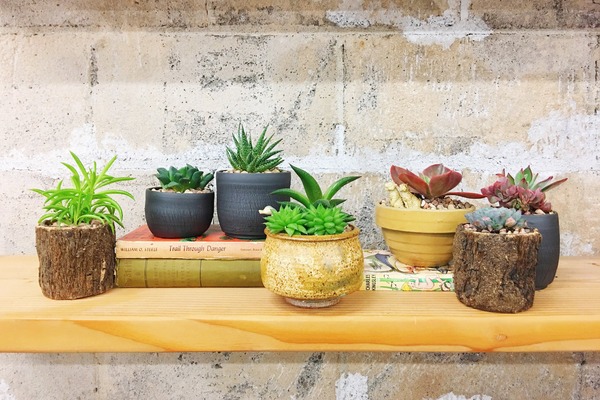Succulents are a group of small plants that store water in their thick and fleshy leaves. They normally tend to thrive in places with dry climate and low humidity.
Most species of succulent plants prefer a lot of sunshine. However, here’s a list of low light succulents, that you’ll be able to grow in your home or office.
1. Snake Plant
Snake plant or Dracaena trifasciata/Sansevieria trifasciata is also known as mother-in-law’s tongue. This is a very strong low light succulent. Snake plants rarely die and there are a lot of varieties of these plants. Some of these plants grow up to 4 feet in height while some reach just a few inches in height.
They have long, flat, sword-like leaves that are covered in various markings and variegations.
The maintenance of these plant is extremely easy. It has a very low watering level need.
You can just put the plant outdoors on a patio or deck.
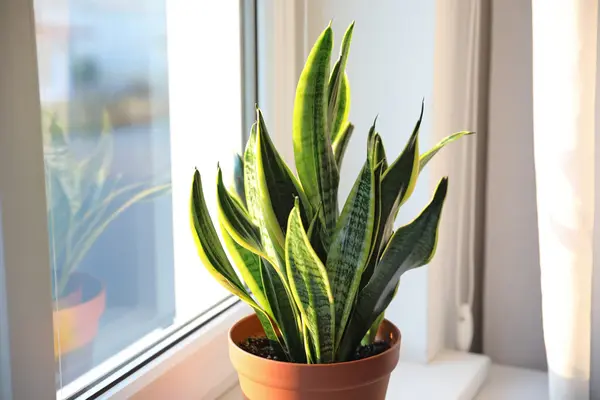
2. Echeveria
Echeveria spp is one of the most popular succulents that comes in a wide range of leaf colors and shapes. In low light conditions, gray/blue leaved selections are probably your best bet followed by the green, pink, and purple leaf varieties.
It would be a good idea to keep it somewhere that gets at least four hours of sunlight a day because if they don’t receive enough light, their center stalk will stretch for the sun.
It is a tough plant and won’t need constant care and maintenance. You don’t neet to get stressed if you miss a watering session with this plant.
These plants can be a good option to keep in the office in winter and maybe switch to patio in the summer.
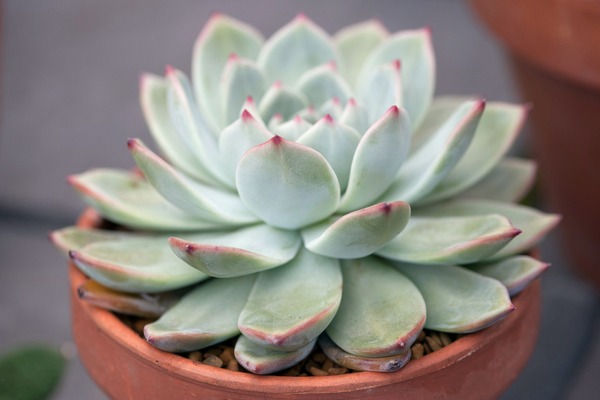
You may also like to read: Low-Maintenance Lawn Grasses That Practically Take Care of Themselves!
3. Ox tongue plant
Ox tongue plant (scientific name: Gasteria prolifera) has broad, thick leaves that emerge in pairs from the central point. For this plant, use a coarse, well-draining soil. They grow in light shade in their native habitat which makes it an excellent option to grow in low light in the home or office.
They don’t need frequent watering and make sure the soil has dried out completely before you water it again. In the winter, it needs even less water. There are varieties of these plants that have yellow variegation or streaking on the leaves but are hard to find.
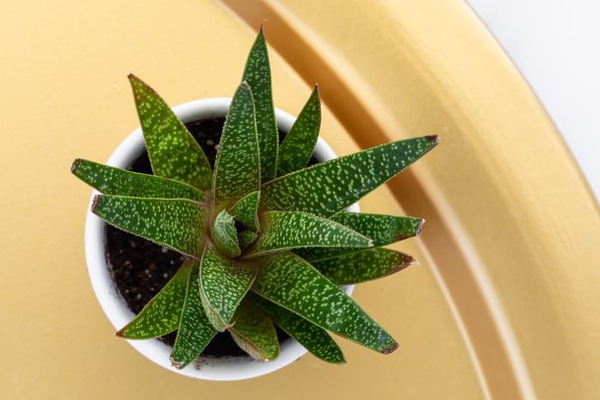
4. Mistletoe cactus
Mistletoe cactus(scientific name:Rhipsalis spp.) have skinny, finger-like leaves that are fleshy and needleless. These South American natives grow in their habitat in rainforests in the trees as epiphytes.
Most of the cacti like full son and dry conditions, however, this one is the opposite. They’ll do well with just morning or evening sun.
Unlike the succulents you read about above, this one does need frequent watering even though they don’t need low light just like the others. However, make sure you don’t overwater it. A good rule of the thumb to make sure it’s okay to water it is if it is dry to the touch, water. If it feels damp, maybe wait a few days.
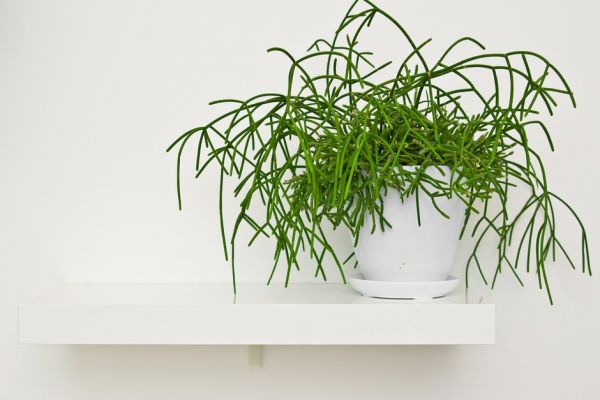
5. Panda plant
Panda plant (scientific name: Kalanchoe tomentosa) have leaves covered in soft fuzz, which makes it so much fun to touch, you’ll feel like a kid around them. These leaves have brown accents near their tips and are gray-green in color.
It is a reasonably easy succulent to grow that reaches around 18 inches in height with a relatively narrower spread.
They have thick stems and these stretch in lower light compared to high light conditions.
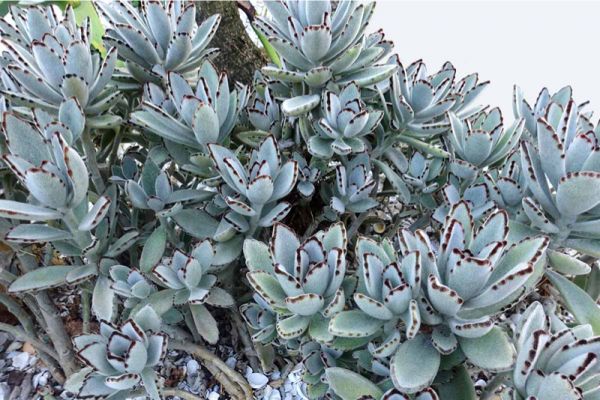
5. Zebra haworthia
Zebra haworthia (scientific name:Haworthiopsis attenuate) is the perfect beginner succulent. The zebra plant does well in all king of lights including the high light, low light, and moderate light.
They have spike-tipped, slender leaves that are green in color with white ridges, and look like a petite aloe. The offsets produced by the plants can easily be divided to live on their own in another pot.
They are slow growers but make sure you turn the pot a quarter turn every few days as they tend to lean toward the sun in low-light areas.
These plants need very little water. Just water them once a month and they’ll be fine.
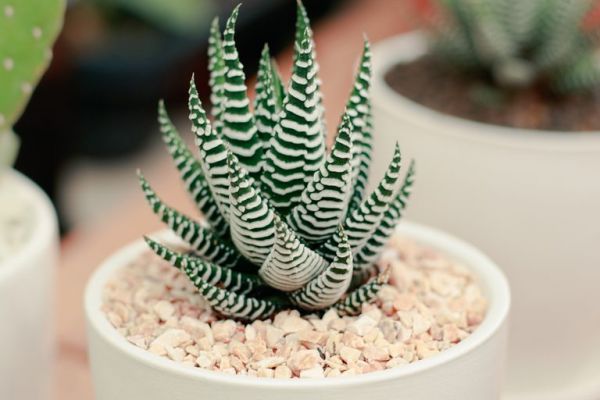
6. Wax plant
Wax plant (scientific name:Hoya spp.) are a kind of flowering succulent. These plants aren’t reliable bloomers, when they are, it’s beautiful to see and also produces a wonderful scent.
They have star-shaped flowers along the stems.
These plants grow long vines with green leaves. In their native habitat, their roots cling to tree branches rather than soil.
They are beginner-friendly to care for. However, overwatering can cause the plant or soil to rot. For best results, choose soil that contains perlite, pine bark, and peat.
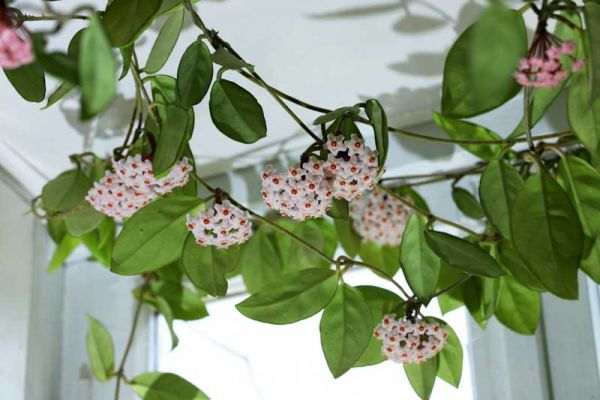
7. Holiday cacti
Holiday cacti (scientific name: Schlumbergera truncata and S. x bukleyi) are great choices for succulents in low light conditions. These South American natives have leafless stems with flattened segments.
The Thanksgiving cactus has a blunt tip and jagged margins whereas the Christmas cactus has segments with wavy edges. As the name suggests, the Thankgiving cactus blooms during the Thanksgiving time whereas the Christmas cactus blooms around Christmas.
Both of these plants are great options as low light succulents and bloom gorgeous. They need to be watered regularly.
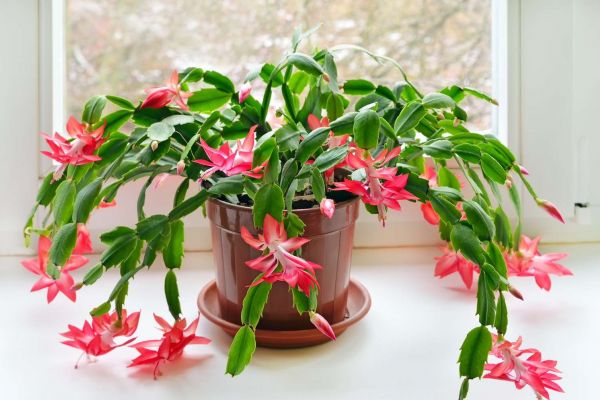
8. Burro’s tail
Burro’s tail (scientific name: Sedum morganianum) are low light succulents that are probably the most beginner-friendly succulents you could grow. The reason being each fallen leaf develops roots and grows into another plant.
Although they prefer light, they do fine with lowlights as well. In summer, water more than you do in the winter. Their leaves are dense along the stems and dusty green in color.
They are surprisingly fragile though so don’t touch them cause it’s easy for these plants’ leaves and stems fall off. However, just pick up the leaf, stick them in the soil and you’ll have a new plant.
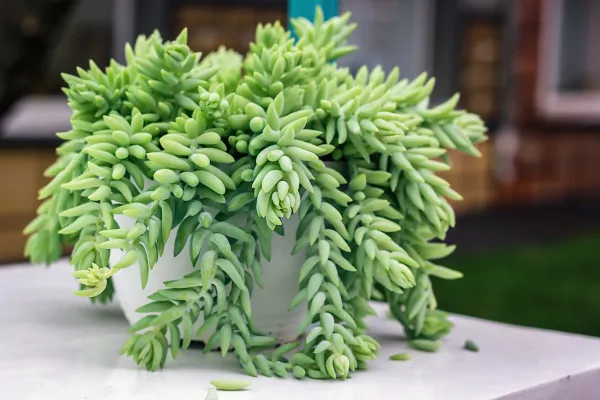
9. String of pearls
String of pearls (scientific name: Senecio/Curio rowleyanus) is a hanging succulent best for low light conditions. These plants actually look like little green bubbles with the leaves occuring on hanging stems that flow down the side of hanging planters.
You could also grow them in a colorful pot and place them on a bookshelf where they can trail down to the ground. They look amazing in both home or office. Their watering levels are minimal and even though they look amazing in high light levels, they also look amazing in low light as well.
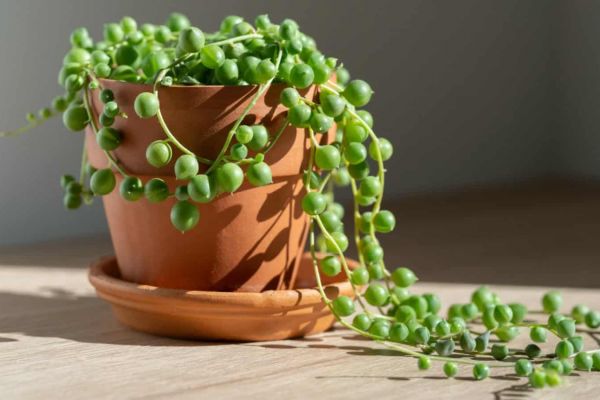
10. String of hearts
String of hearts (scientific name: Ceropegia woodii) might be your best option for a hanging succulent. They have tiny, variegated, heart-shaped leaves and have string-like stems that flow down in delicate trails.
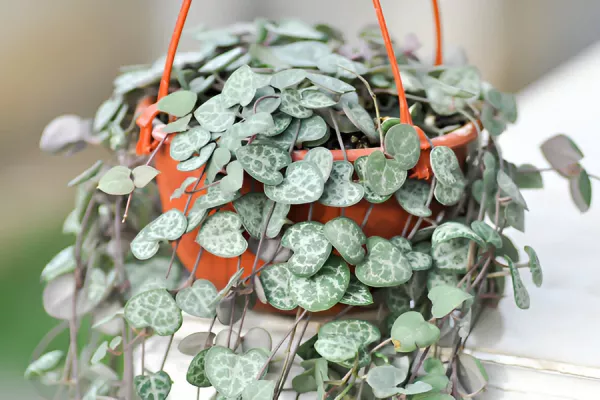
They are also called the rosary vine, and the stems produce little bulbils along their length. It’s a beginner-friendly houseplant to grow and might even produce brown/pink trumpet-like flowers. They reach up to 3 feet in length.
They thrive in high light conditions and low light conditions. But, if you want it to bloom, make sure you put them in enough sunlight.
You may also be interested in: 10 vegetables that grow well in raised beds
